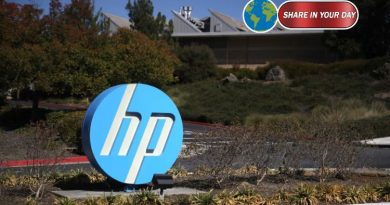Big Winners: Jumanji Sequel and Heat 2
Two high-profile titles stand out in this round of awards:
- The upcoming instalment of the Jumanji: The Next Level franchise (under Sony Pictures Entertainment) secured a record $43.9 million tax credit, anchored to an estimated qualified spend of $161.6 million.
- Heat 2 — the anticipated sequel/prequel to the 1995 classic from director Michael Mann (via Amazon MGM Studios) — received a $37.2 million tax credit, aligned with a spend of about $104.2 million.
These awards underscore California’s ambitions to recapture high-end production activity that has increasingly migrated to other states and countries.
Wider Economic Impact
According to the CFC, the 52 awarded productions are expected to:
- Generate more than $1 billion in qualified in-state expenditure.
- Inject over $1.4 billion into the California economy via wages and related spending.
- Employ an estimated 8,900 cast & crew and 46,400 background performers over roughly 1,664 filming days statewide. Governor of California
Notably, this round of applications nearly doubled compared with the final feature round under the previous programme version (3.0) — indicating strong demand for the enhanced incentives. Screen Daily+1
Why the Big Push?
California’s leadership made clear that the expanded tax-credit scheme — now capped at $750 million annually — is part of a broader strategy to strengthen the state’s competitiveness in a global production marketplace. Governor of California
With rising costs, supply-chain pressures, and shifting incentive landscapes, major studio and franchise filmmakers have more reason to evaluate locations carefully. By offering meaningful credits, California is positioning itself as a place where even large-budget productions can thrive.
What It Means for Studios and Filmmakers
- Franchise renewals such as Jumanji bring scale, and California’s credit helps offset location, payroll and logistics costs.
- For a film like Heat 2 — with heritage value, high expectations and potentially complex production design — the credit bolsters the budget and local hiring incentive.
- Broadly, the infusion of production activity supports local vendors, stage-space rental, catering, construction and regional communities outside the Los Angeles “zone.”
Challenges and Considerations
- Despite the incentive, productions must still manage budgets tightly: inflation, union costs and location logistics remain major cost drivers.
- The “out-of-zone” filming (that is, outside the core LA area) is particularly emphasised to spread economic benefit across California. Governor of California
- Studios must balance incentive eligibility criteria (spend thresholds, hiring minimums, diversity commitments) against creative and scheduling demands.
Looking Ahead
With the first feature-film round under the new programme now announced, attention will turn to how quickly these productions commence principal photography and deliver on job creation and spend metrics. If the more than $1.4 billion projected injection materialises, this could signal a revived era of big-budget filmmaking in California.
For the larger franchise titles and veteran filmmakers involved, the combination of scale, local talent pools and now stronger financial incentives may tilt the location calculus back in California’s favour.
In Summary: The latest allocation of film-tax credits in California represents a meaningful boost for the state’s production industry — awarding major funding to marquee titles like the next Jumanji and Heat 2, and signalling both studios and government are ready to commit to California again as a location for large-scale filmmaking.
If you’d like, I can prepare a deeper dive into the eligibility details of California’s tax-credit programme, or compare how these incentives stack up against other U.S. states. Would that interest you?Attach
Search
Study
Voice
ChatGPT can make mistakes. Check impo





